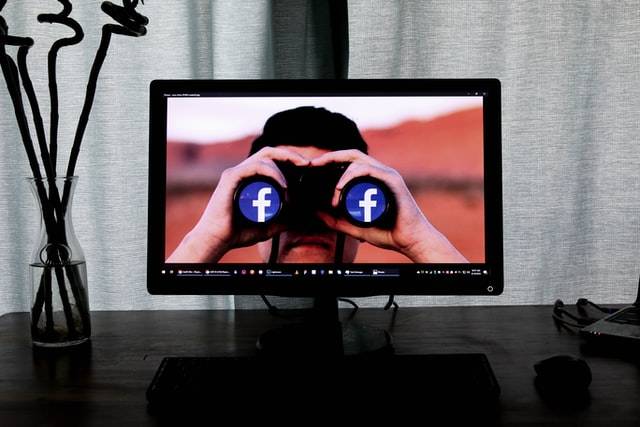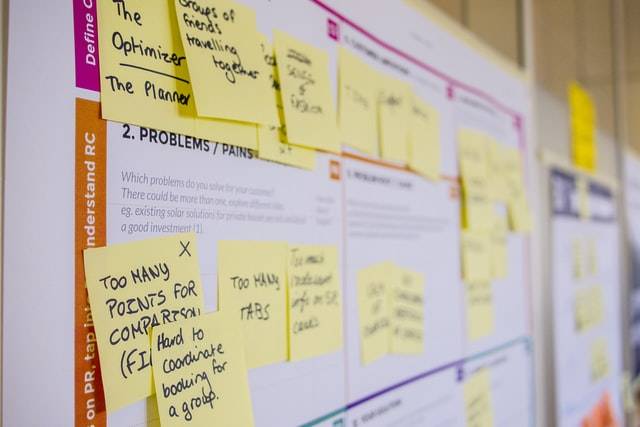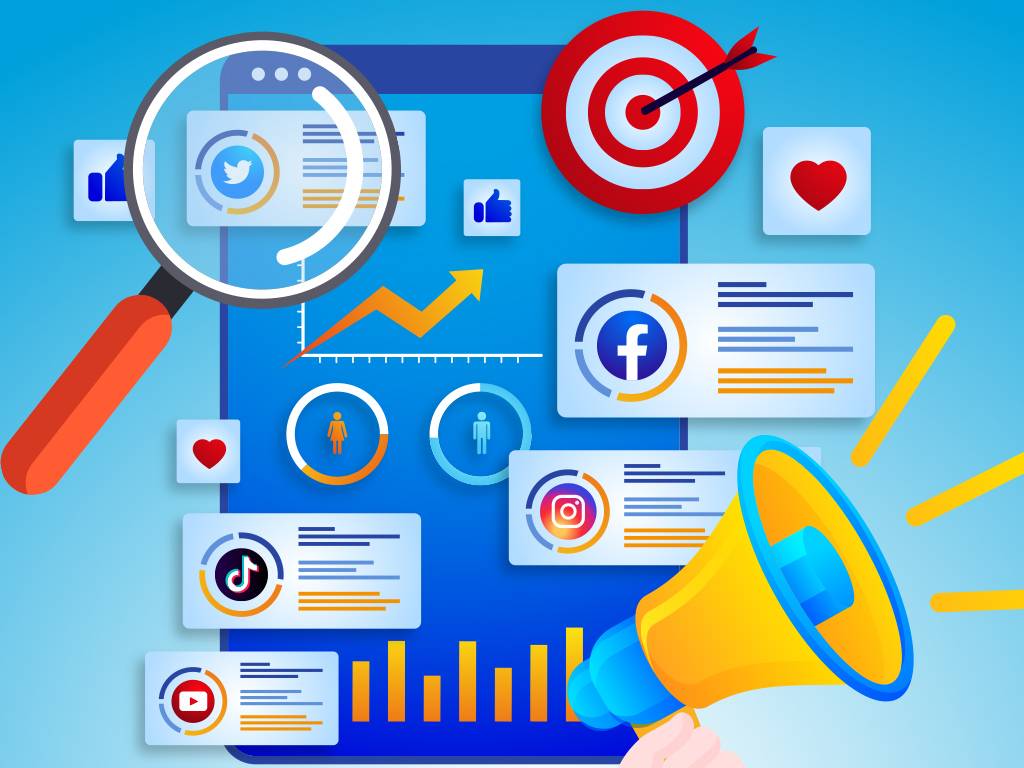Social Listening vs Social Monitoring
Many businesses make efforts in connecting and engaging with their audience through different social media channels nowadays. According to Hootsuite, there are 1 billion messages exchanged between people and businesses on Facebook Messenger. Furthermore, 70% of customers expect companies to use social media for customer service.
What do these numbers tell? If you are to spend more time and energy on social media, it’s best to wise up on your social media marketing as well. But, a good social media strategy must have two fundamental elements to make it successful: Social Monitoring and Social Listening.
But what are Social Monitoring and Social Listening? Are they the same or are they different? Can they be exchanged or switched with another? Can you provide excellent customer service, measure customer engagement and build brand loyalty by utilizing one without the other? Or is it best to use both?
Let’s deep dive into these two and find out why they’re both extremely helpful for your brand’s reputation:
What is Social Monitoring?

Social Monitoring is an approach where you take a closer look at what customers say about your brand. When you do social monitoring, you need to listen and keep track of every social media platform you’re on. This includes Facebook, Twitter, Instagram, personal or business blogs, review sites, and online forums.
In Social Monitoring, you have to be reactive. You must make an effort to respond every time there is a mention of your brand, either with or without a tag, in different social media channels or websites in real-time. This is because many customers nowadays see social media channels as a virtual customer care hotline.
Why it should be done
Social Monitoring gives you a ground-level view of how your customers feel and interact with your brand.
Every response or reaction you make to your customer’s feedback, inquiry, or comment (positive or negative) can gain you insight into what your customers say and feel about your brand better.
The benefits of social monitoring for your brand:
You can respond to your customer’s individual queries about your product or service, and be able to explain to them further
Let’s say your company offers internet connection plans. A customer tags your brand on social media and asks which has the fastest and most reliable connection you offer. If you know how to do social monitoring well, you’ll reach out to the customer and respond with relevant information and in a timely manner.
You can easily resolve or help out a customer whenever they have particular issues about your product or service
In December 2020, there are 1.84 billion people who use Facebook on a daily basis. As a result, Facebook is no longer a stranger to users sharing their experiences with products and services they utilize. A customer-centric brand easily pin-points mentions and uses this to their visibility and engagement advantage.
You can quickly send a quick appreciation response or thank you to customers who rave about your brand
Most small businesses that are visible on social media make the best efforts to respond and thank the customers in real-time. Brands must keep abreast of their social media customer service by doing the same thing. By thanking your customers for their support, you not only make them feel appreciated but also increase brand loyalty.
Social monitoring can be done manually but it can be time-consuming. If you are already at a pace where you have several social media channels to keep track of, there are free useful tools that keep track of your brand’s mentions. Other tools such as Hootsuite, Agorapulse, and Mentionlytics are also the best tools for monitoring social media.
On the other hand, you may also hire a few people who can manage your social media platforms so they can track and gather information about your customers efficiently.
What is Social Listening?

As opposed to Social Monitoring, which is reactive, Social Listening is proactive.
Essentially, Social Listening also covers what Social Monitoring does for your brand. It gathers every customers’ feedback, complaints, or mostly asked questions you keep track of as information. However Social Listening gives you a bird’s eye view of how customers see, think, and feel about your brand. All your gathered data from monitoring your social media is used for analysis to improve your social media strategy.
Why it should be done
As a brand, you need to analyze all the information you’ve gathered so you can take a better course of action.
In the same way as Social Monitoring, Social Listening takes a great deal of time. Even so, its benefits outweigh its disadvantages. With Social Monitoring, you can manage a brand’s reputation in real-time while Social Listening enables you to create a sound long-term strategy, which will help you create a successful SMM campaign.
The benefits of Social Listening for your brand:
In general, your brand may be mentioned on social media with or without tags. What better way is there to gather information about your loyal customers and to understand their buying behavior than to keep track of social mentions? In addition, tracking mentions can help you strategize in focusing on which social media platform works best for your brand.
It helps you finetune your brand’s campaigns
Not all social media platforms are created equal, so it pays to read and understand what your audience says about your brand. You need to dig deep and take note of what issues or concerns your customers have about your product or service in different social media channels. With this information ready, you are able to create campaigns that are focused on your target market.
It helps you outperform your competitors
By using Social Listening, you can keep up with (or even outpace) your competitors by looking at their audience interaction with them, avoiding errors they make, and becoming more efficient in the areas where your competitors falter.
There are tools available to help you with Social Listening. Investing in the right tools like Cloohawk, Buzzsumo, and Woorank helps you take that extra load off from keeping track of the reviews and mentions of your brand and find the right keywords and trends used among your brand and your competitors.
Social Listening vs Social Monitoring: Which one should you use?
Many brands nowadays focus on one over the other. While Social Monitoring can take the sting out of any potential negative feedback or reaction from your customers immediately, you will also need to consider how to take this feedback, comments, or mentions of your brand efficiently.
This is where Social Listening comes into play. As we mentioned earlier, it gives you the bird’s eye view of all the gathered data of your customers’ purchasing behavior, your competitors’ social media strategies, and trends within your industry efficiently.
While Social Monitoring can help you provide excellent customer service, Social Listening helps you resonate with your customers well.
Integrating Social Monitoring and Social Listening to your social media efforts will help amplify your brand’s visibility and success.
Key takeaway
With a good social media strategy, you can increase brand loyalty and visibility across social media networks. Your social media marketing strategy must include both social monitoring and social listening. You can understand your customers’ pain points through social monitoring, and you can respond positively to them through social listening.
